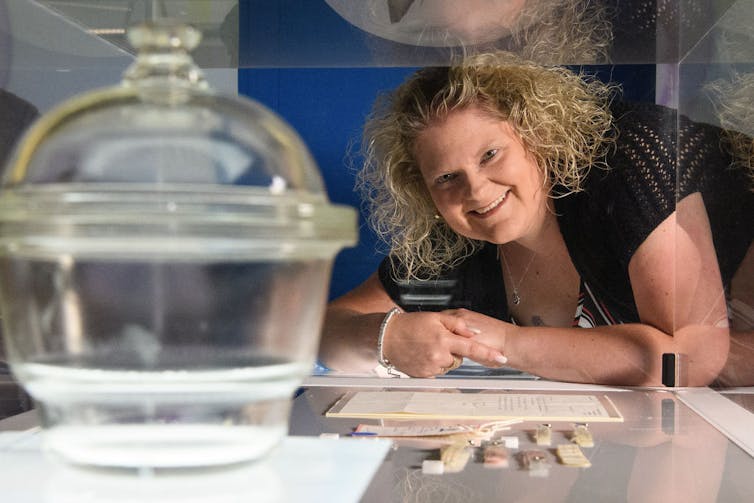Since the overturning of Roe v. Wade in June 2022 ended the federal right to abortion, legislative attention has extended to many other aspects of reproductive rights, including access to assisted reproductive technologies such as in vitro fertilization, or IVF, after an Alabama Supreme Court ruling in February 2024.
University of Massachusetts Lowell associate professor and department chair of the school of nursing Heidi Collins Fantasia explains how this decades-old procedure works and what its tenuous legal status means for prospective parents.
What is IVF?
IVF is a type of artificial reproductive technology that allows people with a range of fertility issues to conceive a child. It involves fertilizing an egg with sperm outside the body to form an embryo that is then transferred into the uterus to develop.
IVF is used as a treatment for infertility, which the American Society for Reproductive Medicine defines as an inability to achieve pregnancy “based on a patient’s medical, sexual, and reproductive history, age, physical findings, diagnostic testing” or the “need for medical intervention.”
While originally developed as a fertility treatment for blocked fallopian tubes, IVF is currently used for other conditions such as low sperm count or when the cause for infertility can’t be determined. LGBTQ people and single parents can also use IVF and other reproductive technologies to grow their families.
How does IVF work?
Typically during IVF, a patient takes hormones to stimulate the ovaries to produce eggs. Once a health professional retrieves the eggs using an ultrasound and a thin needle, they either incubate the sperm with the egg or inject the sperm into the egg in the lab to fertilize it. Which specific type of IVF procedure a patient undergoes is determined on an individual basis with a health care provider.
Scientists began to develop IVF in the 1930s, beginning with the live birth of rabbits and mice through the procedure. This research eventually led to the birth of the first “test-tube baby” in 1978. Physiologist Robert Edwards received the 2010 Nobel Prize in physiology or medicine for his research on IVF.

Louise Brown, here looking at a device used in early fertility treatments, was the first person born using IVF.
Leon Neal/Getty Images
The technology has rapidly expanded since the first live human birth from IVF. The development of cryopreservation, or the freezing of human eggs and embryos, has enabled people to pursue pregnancy later in life. Genetic screening of cells from a developing embryo can identify genetic diseases and abnormalities.
The chance of a successful live birth through assisted reproductive technologies varies. Success rates depend on many factors, such as underlying cause of infertility, age and type of technology used.
Who currently has access to IVF?
Use of IVF has steadily increased since it was first introduced. In 2015, about 2% of…



